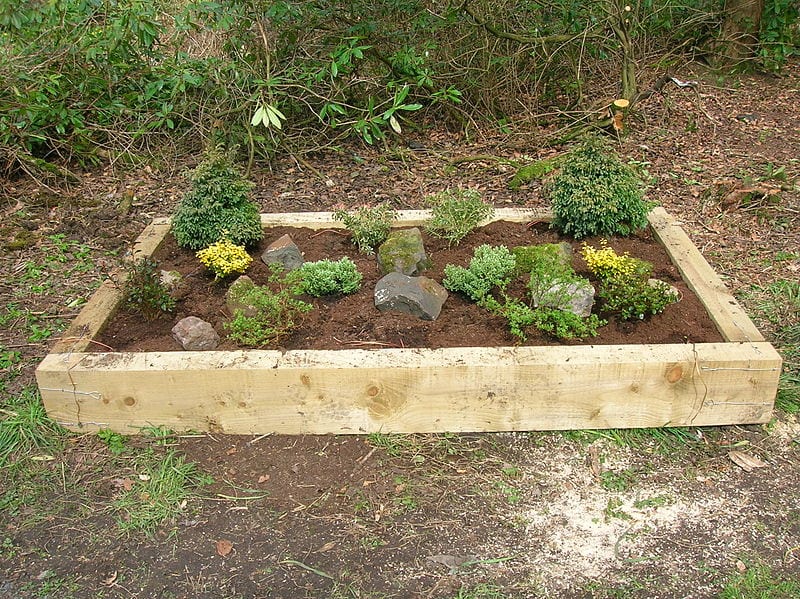Raised Garden Beds: A Complete Guide to Better Gardening
Raised garden beds, also known as garden boxes, are a type of gardening structure that elevates the planting area Raised garden beds, often called garden boxes, have transformed the way many of us grow food, flowers, and herbs. Instead of planting directly in the ground, raised beds lift the soil above ground level, creating a … Read more


